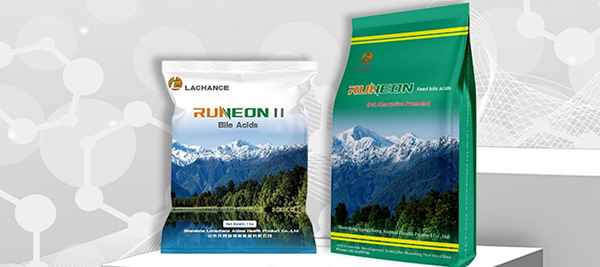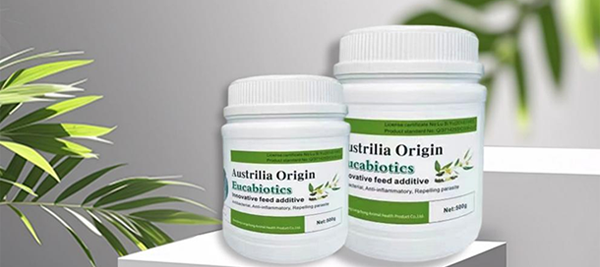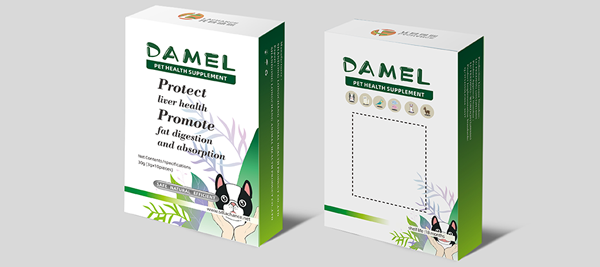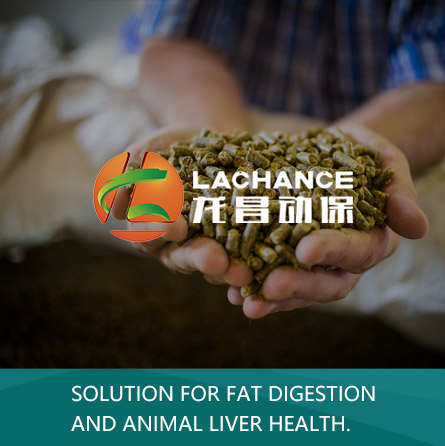Promoting Growth & Enhancing Fat Utilization: A Trial of Bile Acid Supplementation in Juvenile Turbot
In recent years, the issue of nutritional fatty liver disease in farmed fish, caused by insufficient lipid metabolism capacity, has become increasingly prominent. This study investigated the effects of bile acid supplementation on the growth, body composition, lipid metabolism enzyme activity, and serum biochemical indices of juvenile turbot.
The results indicated that bile acid promotes growth, enhances fat utilization, and improves disease resistance in the fish.
Five iso-nitrogenous and iso-energetic experimental diets (D1, D2, D3, D4, D5) were formulated by adding 0%, 0.03%, 0.06%, 0.09%, and 0.12% bile acid to the basal diet, respectively. These diets were fed to juvenile turbot with an initial body weight of 26.5 g for 56 days to study the effects of bile acid on their growth, body composition, lipid metabolism enzyme activity, and serum biochemical indices.
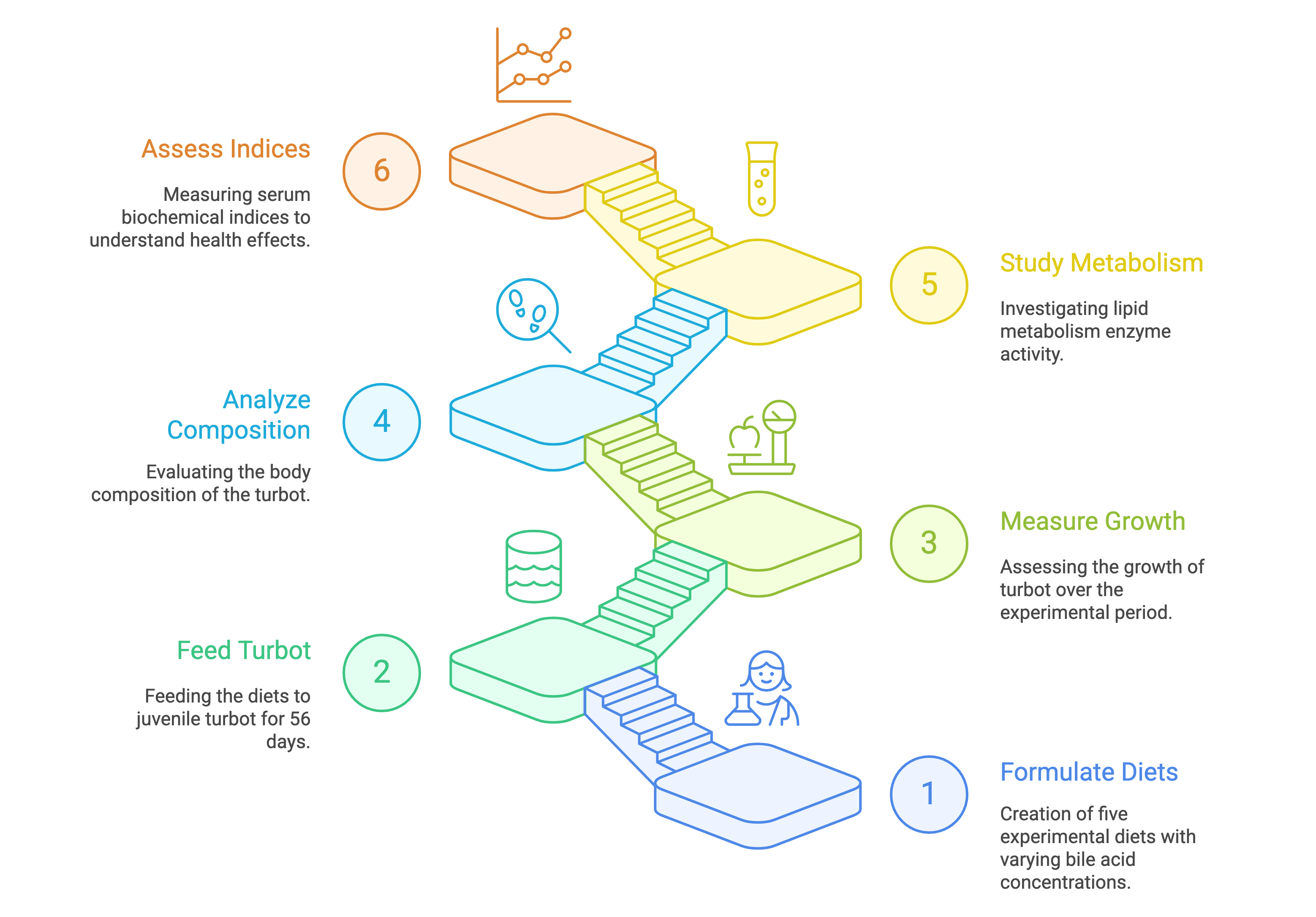
The results showed:
(1) The weight gain rate, specific growth rate, protein efficiency ratio, and lipid efficiency ratio of the experimental fish increased initially and then stabilized, reaching the highest values in the D3 group.
(2) Bile acid significantly reduced the crude fat and crude ash content in the whole fish while increasing the crude protein content (P<0.05). It also reduced the crude fat content in the muscle while increasing the crude protein and crude ash content (P<0.05).
(3) The activities of lipase and lipoprotein lipase increased initially and then stabilized, while hepatic lipase activity significantly increased (P<0.05).
(4) Bile acid reduced the activities of serum alanine aminotransferase and aspartate aminotransferase while increasing alkaline phosphatase activity (P<0.05). The levels of total protein and albumin increased with higher bile acid supplementation (P<0.05). In contrast, the levels of triglycerides, total cholesterol, and high- and low-density lipoprotein cholesterol decreased with increasing bile acid content (P<0.05).
(5) After 48 hours of infection with Vibrio anguillarum, the cumulative mortality rates in the D3, D4, and D5 groups were significantly lower than that in the D1 group. Using the weight gain rate as an evaluation indicator, broken-line regression analysis determined that the optimal dietary bile acid supplementation level for juvenile turbot with an initial body weight of 26.5 g is 0.09%.
Source: Huang Bingshan, Li Baoshan, Zhang Limin, et al. Effects of bile acid on growth, lipid metabolism enzymes, and serum biochemical indices of juvenile turbot (Scophthalmus maximus) [J]. Journal of Shanghai Ocean University, 2015, 24(05): 737-744.

